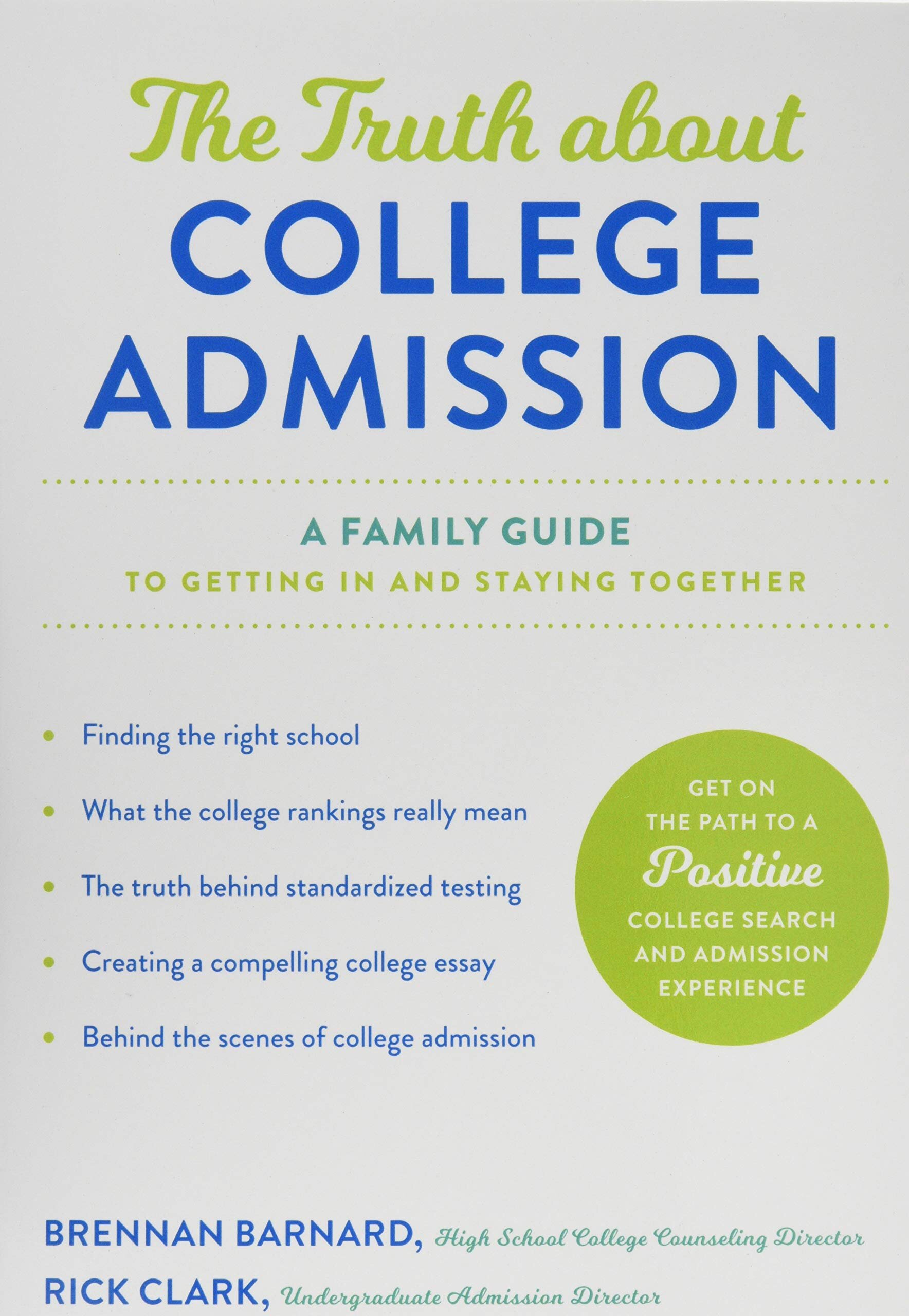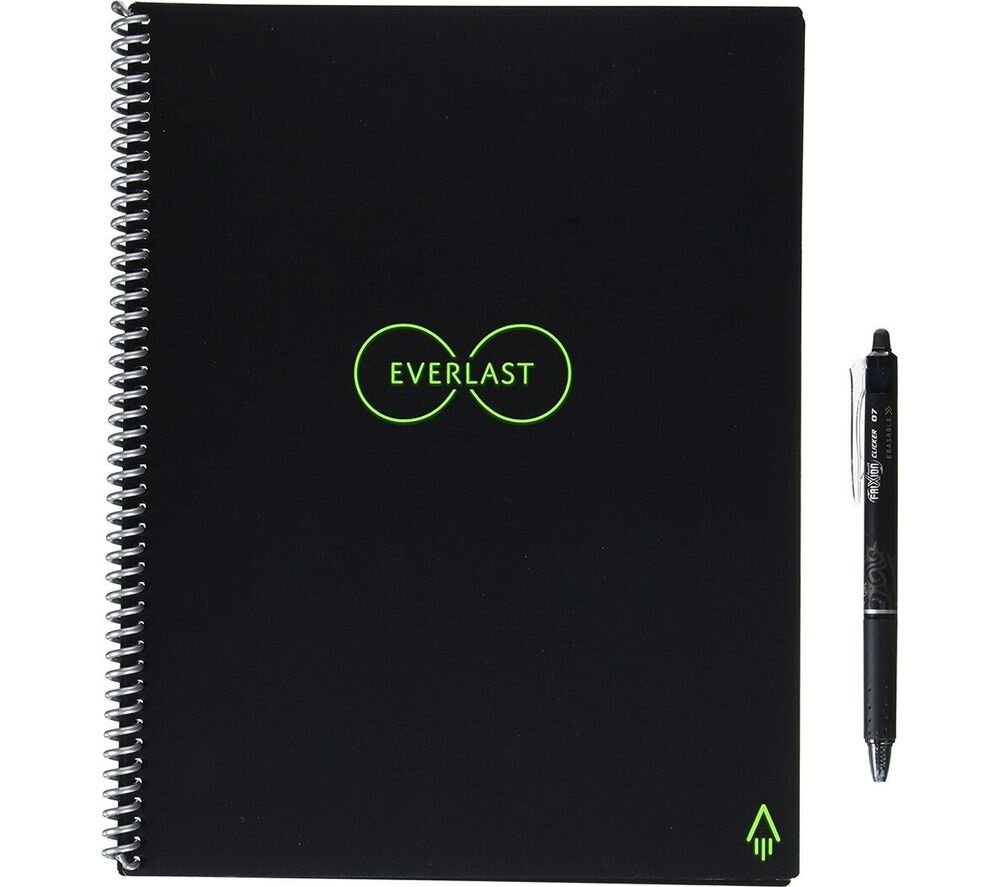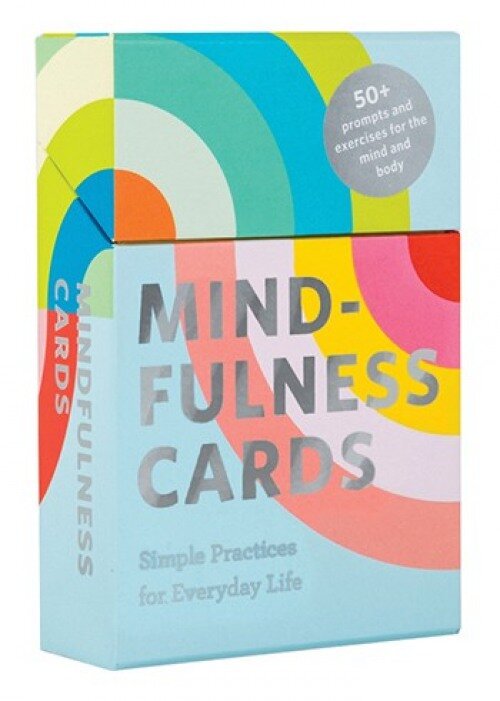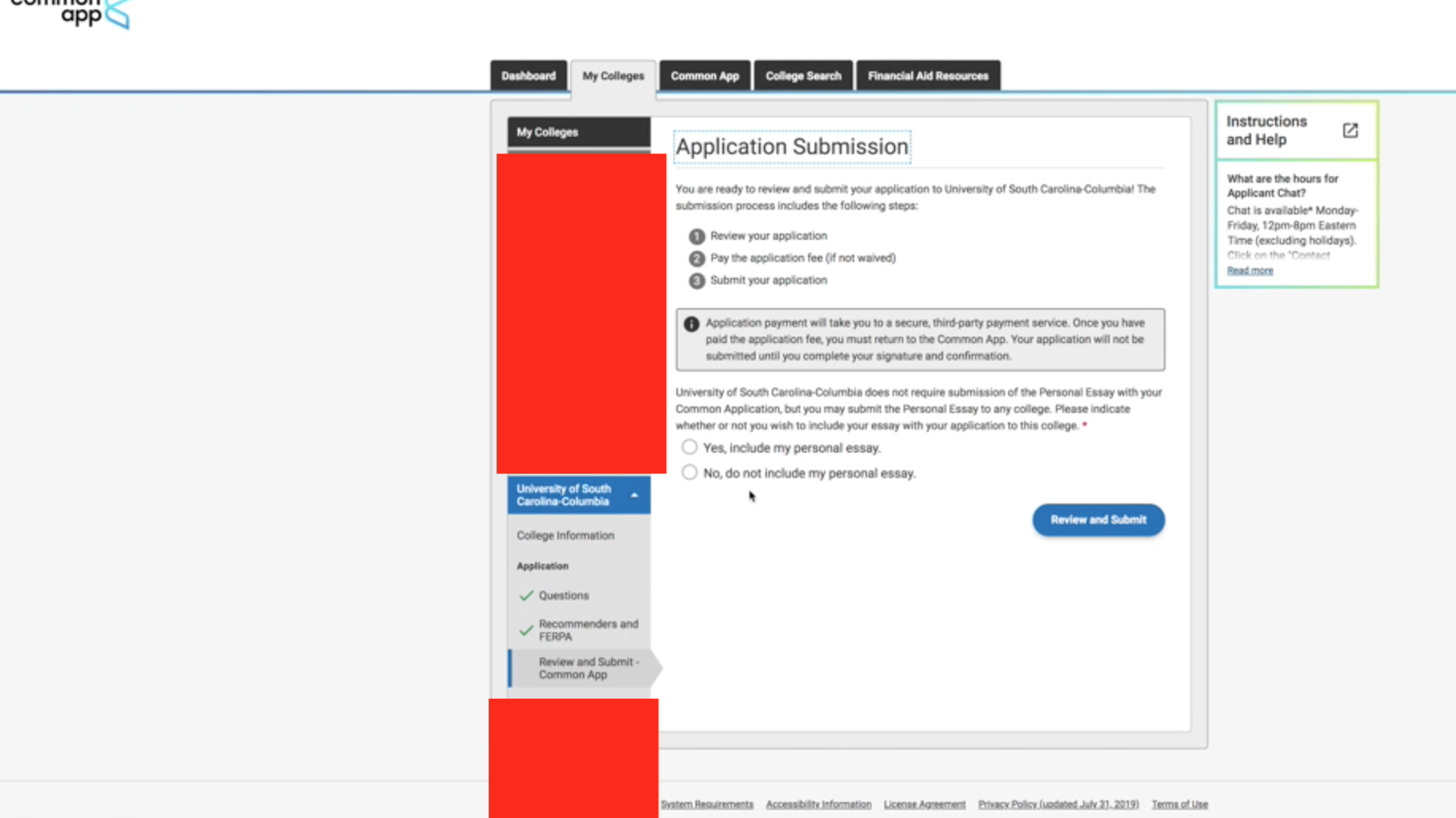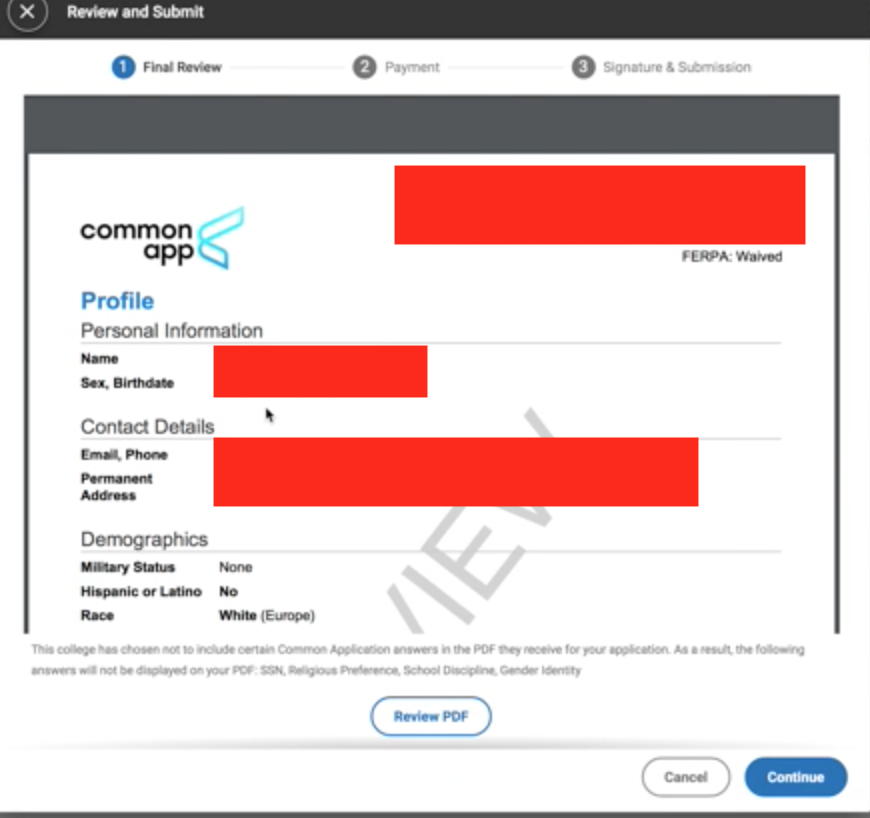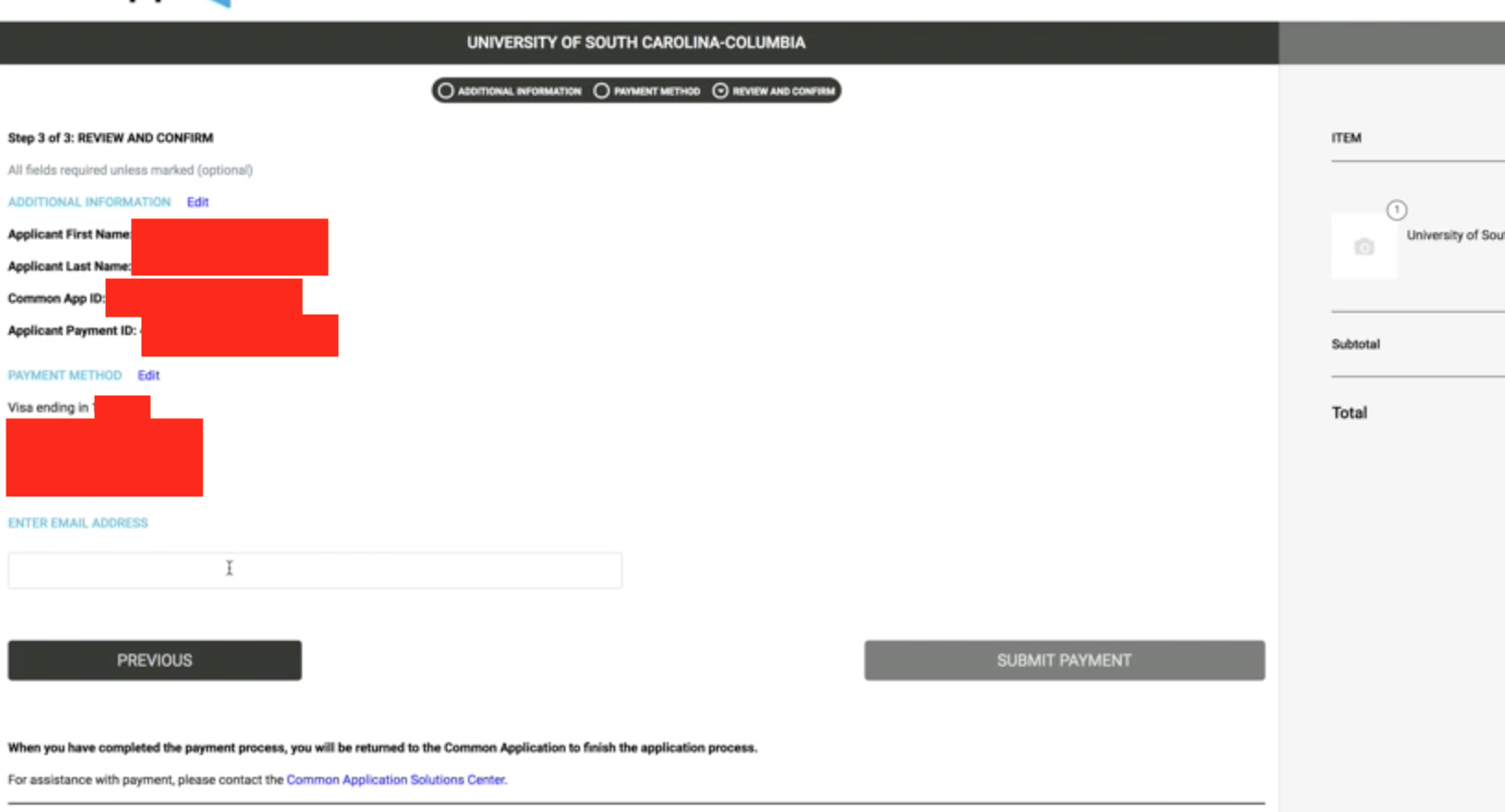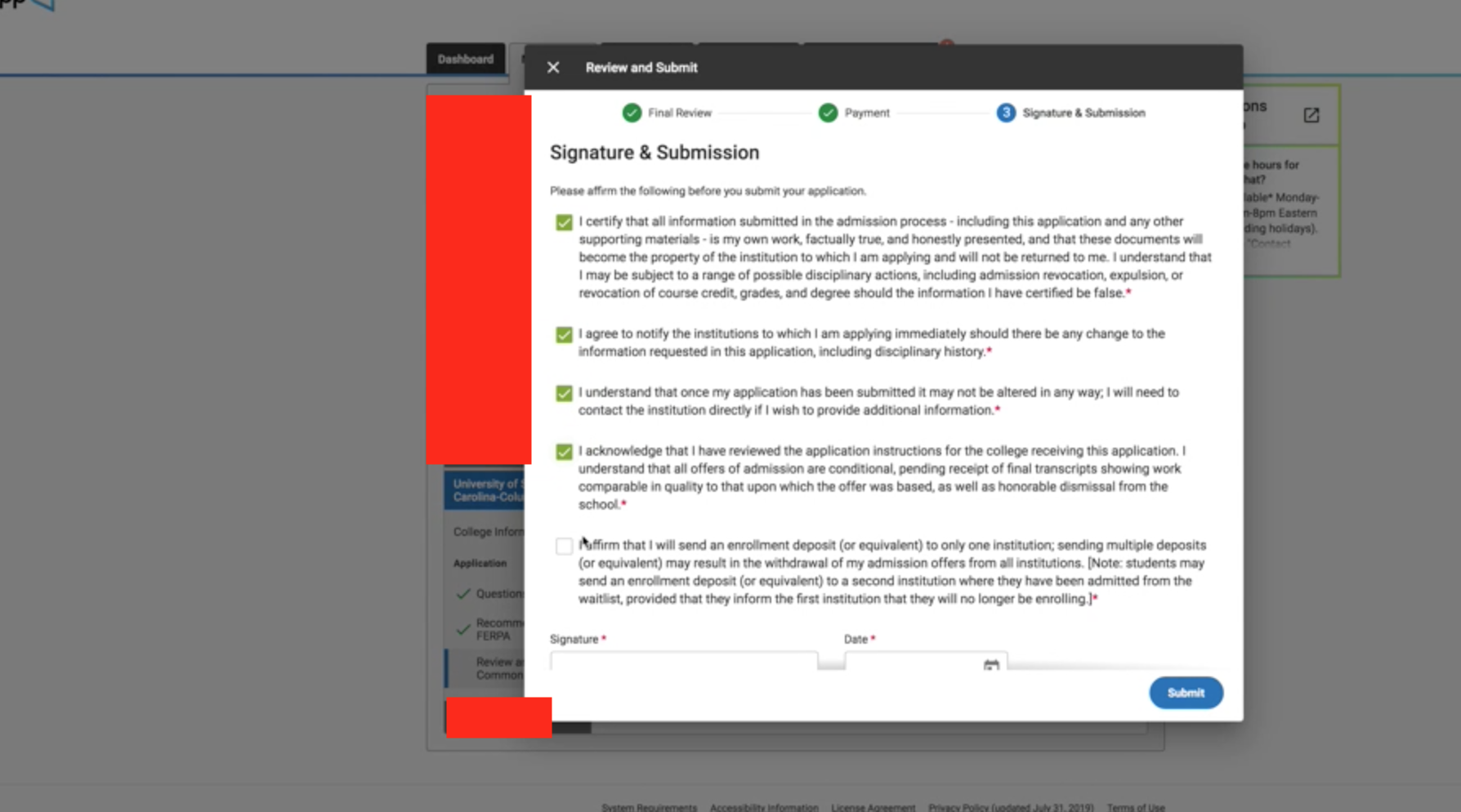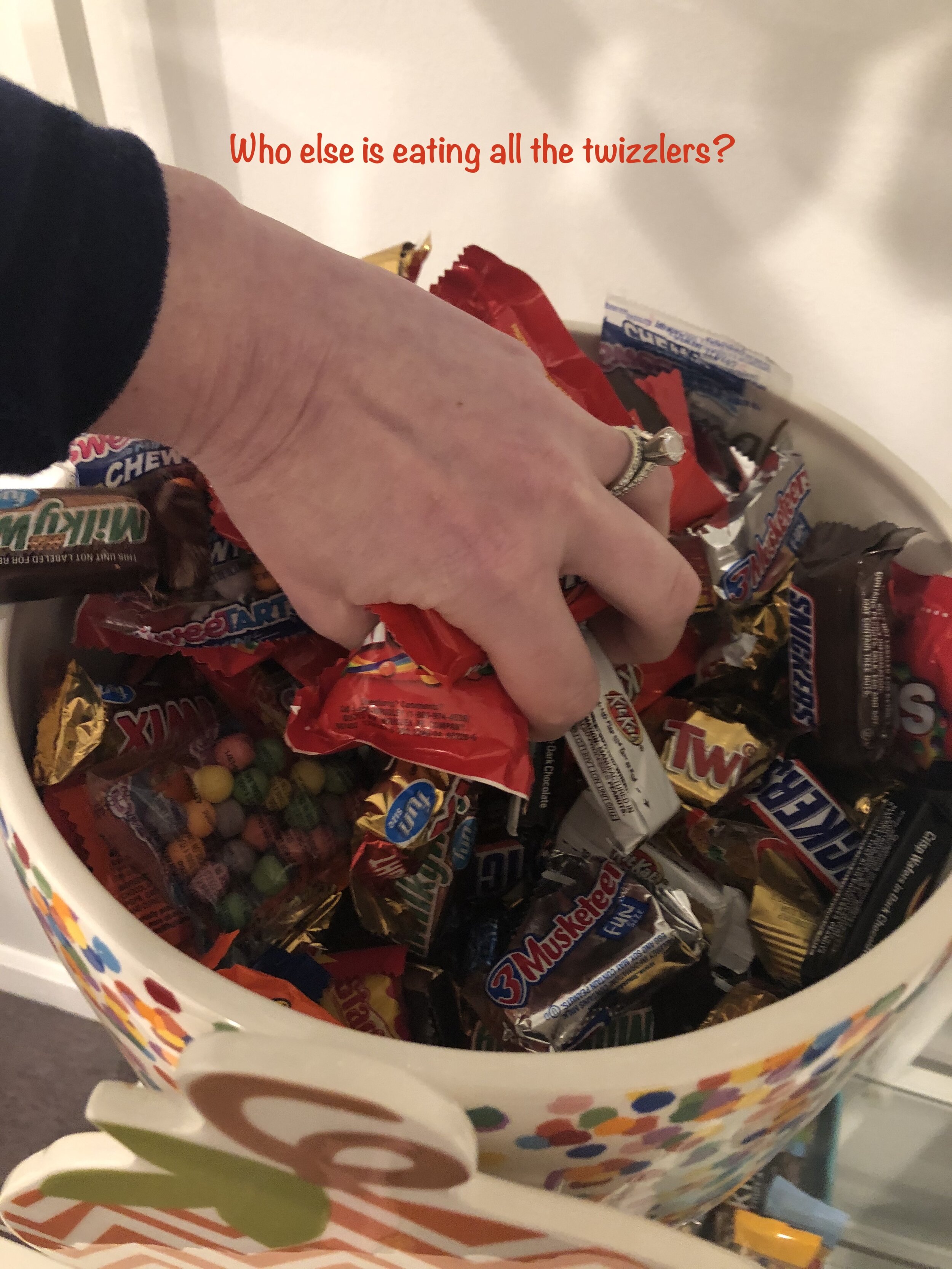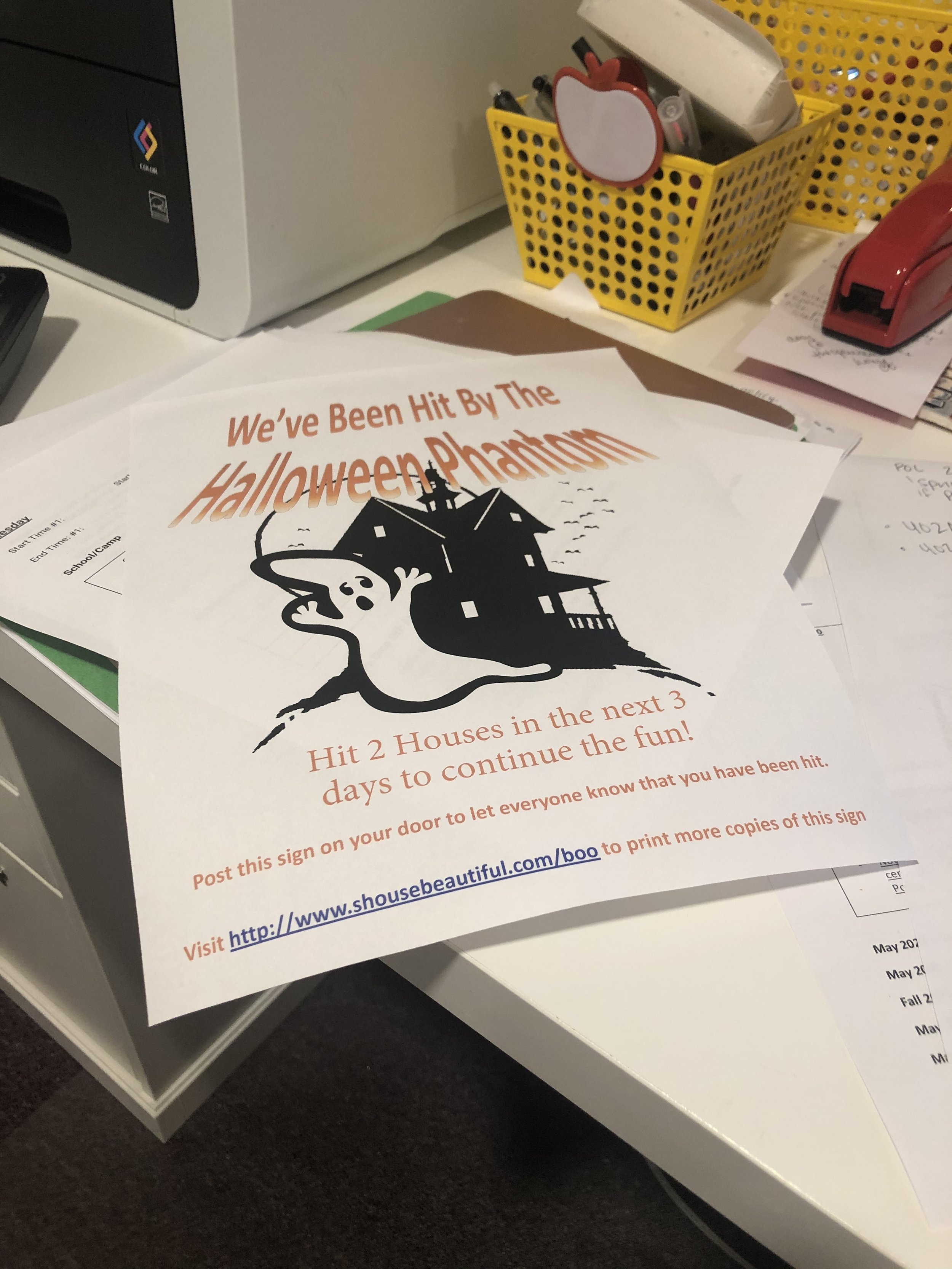Students are beginning the college admissions process earlier and earlier, and it’s not rare anymore for my work with a student to begin in middle school. There are certain parts of the journey that I enjoy more than others, of course. But throughout all of our time together, I think that my absolute favorite part (or at least the most fulfilling) is working with deferred applicants - and especially those of the “Hail Mary” sort that I referenced in my last post.
If you’ve been deferred and are hoping to turn things around, I highly recommend following the steps below:
Step #1: Ask your school counselor to call your regional admissions representative to learn more information about why you were deferred.
This is critical. CRITICAL!
And you calling the school yourself is NOT a substitute for your counselor making the phone call. Admissions officers will generally not share detailed information with an applicant. However, school counselors can typically get lots of inside knowledge about the decision and why it occurred. This is extremely valuable information.
Moving forward without it is basically the equivalent of trying to overcome an objection without knowing what the objection is! Sure, maybe you’ll get lucky and hit the right part of the dartboard, but in all likelihood, it’s going to be an uphill battle.
NOTE: Unfortunately, some counselors do not realize that they are able to do this or don’t know what to say. In the last week alone I’ve guided a number of school counselors through this process and am happy to do that for any of my clients. For those of you following along at home, reinforce to your counselor that this type of advocacy is a completely acceptable practice. It even has a term - a “counselor call.”
Step #2: Based on the information your counselor provides, determine which deferral category you’re in.
I find that deferrals typically fall into one of three categories.
Category #1: The student has a decent shot of getting in regular IF .... (fill in the blank with a tangible objective). The admissions committee might be waiting to see if the student ends up with higher test scores, higher senior year grades, different recommendations, or so forth. This is the best-case scenario, and you need to know what you're working with ASAP so you can solve the problem.
Category #2: The normal "too many competitive candidates, the student looked good, nothing specific" blah blah - these can be frustrating because there’s less of a clear path, but you can still forge ahead with a plan. Sometimes we might have a variation on #2 with a smidge of #1 mixed in.
Category #3: Short of a well-timed discovery of a cure for cancer, the student has absolutely no chance of getting in RD and was deferred (a) because the school defers every single person and doesn’t deny a single applicant - looking at you, Georgetown - or (b) as a courtesy to any connections who were supporting the application. This is very helpful to know so you're not banking on something that could never happen.
Step #3: Strategize and formulate a PLAN!
Plot out the next several months with a step-by-step plan of attack. The details will depend on your specific situation, but will likely involve expressing a ton of demonstrated interest, a clear indication that you will enroll if admitted despite the fact that you are no longer legally bound to do so, more recommendations, and so forth.
Some applicants should retest, others need to buckle down hardcore to make sure their grades are their absolute best yet.. and so on and so on. But the key is creating this plan in advance - I would even assign due dates for each portion of it.
One part of the plan will definitely involve writing and submitting a Letter of Continued Interest. We wrote a very detailed post on how to write these letters last year - check it out!
Step #4: Follow the plan to completion.
This is pretty obvious, right? Unfortunately, it’s not as obvious as you’d think. SO many times, students are energized and excited about the initial idea of a plan but don’t take the steps needed to follow through on it. Things come up, senior year gets busy, and managing these details can feel overwhelming. It’s easy to tell yourself that one fewer recommendation than planned won’t be a big deal, or that you don’t really need to write that extra letter to the admissions officer - don’t fall into this trap, though!
—
Good luck - and stay positive!
